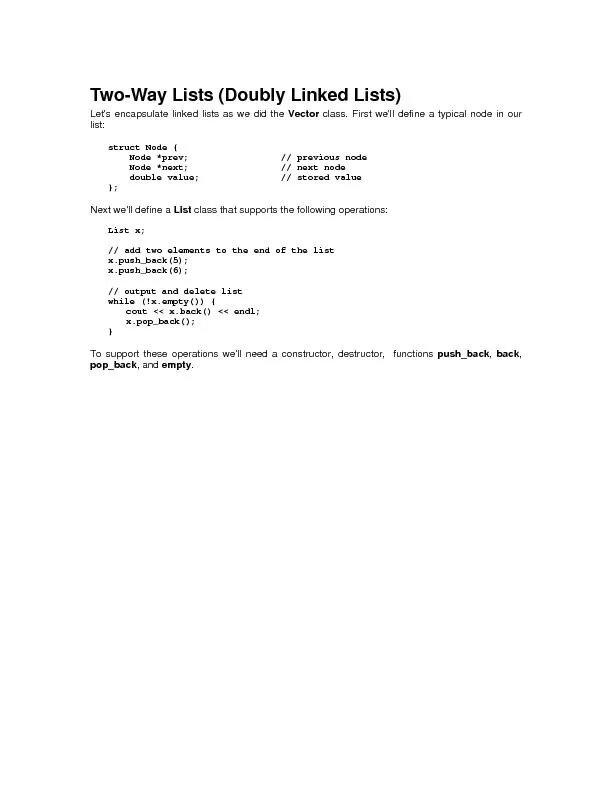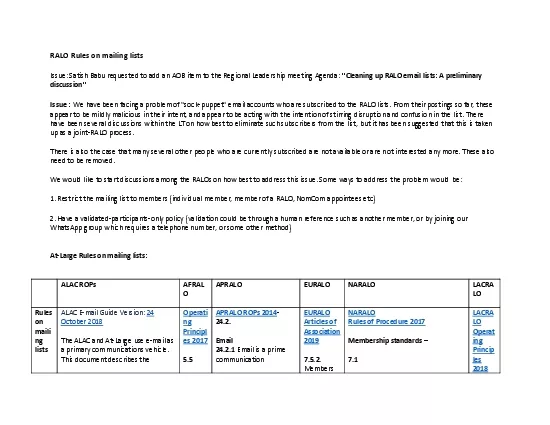PPT-Array Lists An array
Author : natalia-silvester | Published Date : 2018-11-25
list stores a sequence of values whose size can change An array list can grow and shrink as needed ArrayList class supplies methods for many common
Presentation Embed Code
Download Presentation
Download Presentation The PPT/PDF document "Array Lists An array" is the property of its rightful owner. Permission is granted to download and print the materials on this website for personal, non-commercial use only, and to display it on your personal computer provided you do not modify the materials and that you retain all copyright notices contained in the materials. By downloading content from our website, you accept the terms of this agreement.
Array Lists An array: Transcript
Download Rules Of Document
"Array Lists An array"The content belongs to its owner. You may download and print it for personal use, without modification, and keep all copyright notices. By downloading, you agree to these terms.
Related Documents














